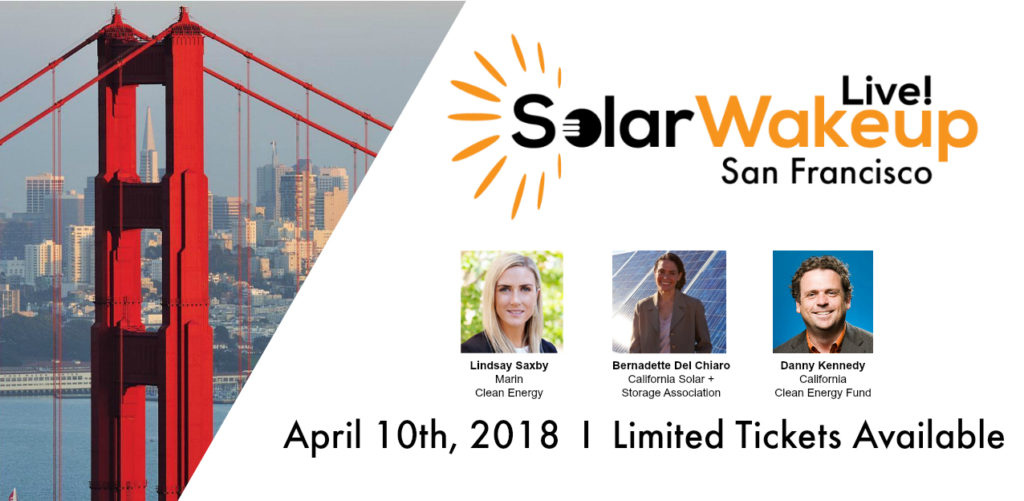By Frank Andorka, Senior Correspondent
What Happened: A debate, started by SolarWakeup founder Yann Brandt, has been joined over this simple question: Where should community solar be slotted in the U.S. Solar Market Insight report?
- Currently, the Solar Energy Industries Association (SEIA) and GTM Research categorize community solar as part of the commercial & industrial segment for report purposes.
- Yann Brandt, on the other hand, believes the location of the system is more important than the offtaker, which would instead put the majority of community solar projects in the utility category.
SolarWakeup’s View: If you were coming to this article expecting me to take a strong stand on where community solar should be slotted in the U.S. Solar Market Insight report, I’m afraid I’m going to disappoint you.
On the one hand, I can see SEIA and GTM Research’s point. If you’re talking about the scale of project, then you might be able to make the argument that, because of their generally smaller size, community solar might fit into the C&I category.
Speaking for myself only, that’s how I’ve always thought of community solar.
But during a discussion in the SolarWakeup offices, Yann made a pretty compelling argument, at least from where I sit.
In essence, community solar isn’t so much an independent category of solar as much as it is an innovative way for the owner or developer to attract offtakers to purchase electricity from the project.
And in no other segment of the industry is the offtaker considered when placing projects in different categories. So since the majority of community solar projects are ground mounted utility scale, shouldn’t they be considered utility projects?
Now, I recognize that discussion isn’t black and white. Some community solar projects are rooftop, carports or adjacent properties. Some ultra large scale solar farms are selling energy to corporate offtakers. Where do those fall within the current industry segmentation?
And while this discussion won’t be wrapped up neatly in a bow in one post (especially when I myself can see both sides), it’s certainly a discussion worth having. Because when we report numbers that will be used by the non-solar community, we need to make sure they’re as accurate as any human endeavor can be to avoid the general public misunderstanding our industry.

